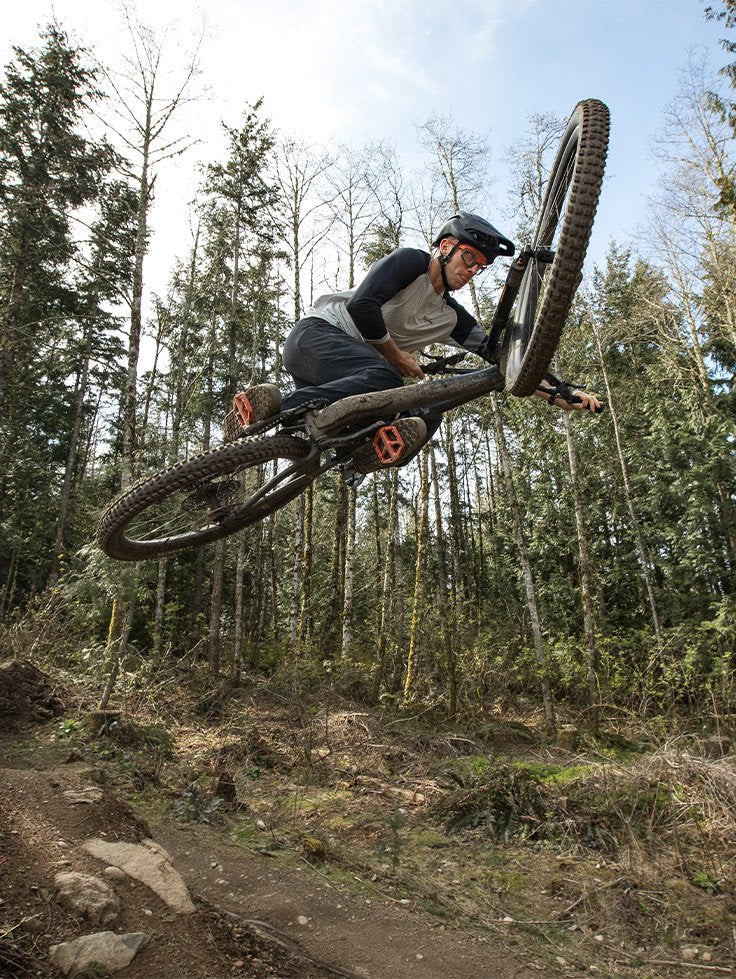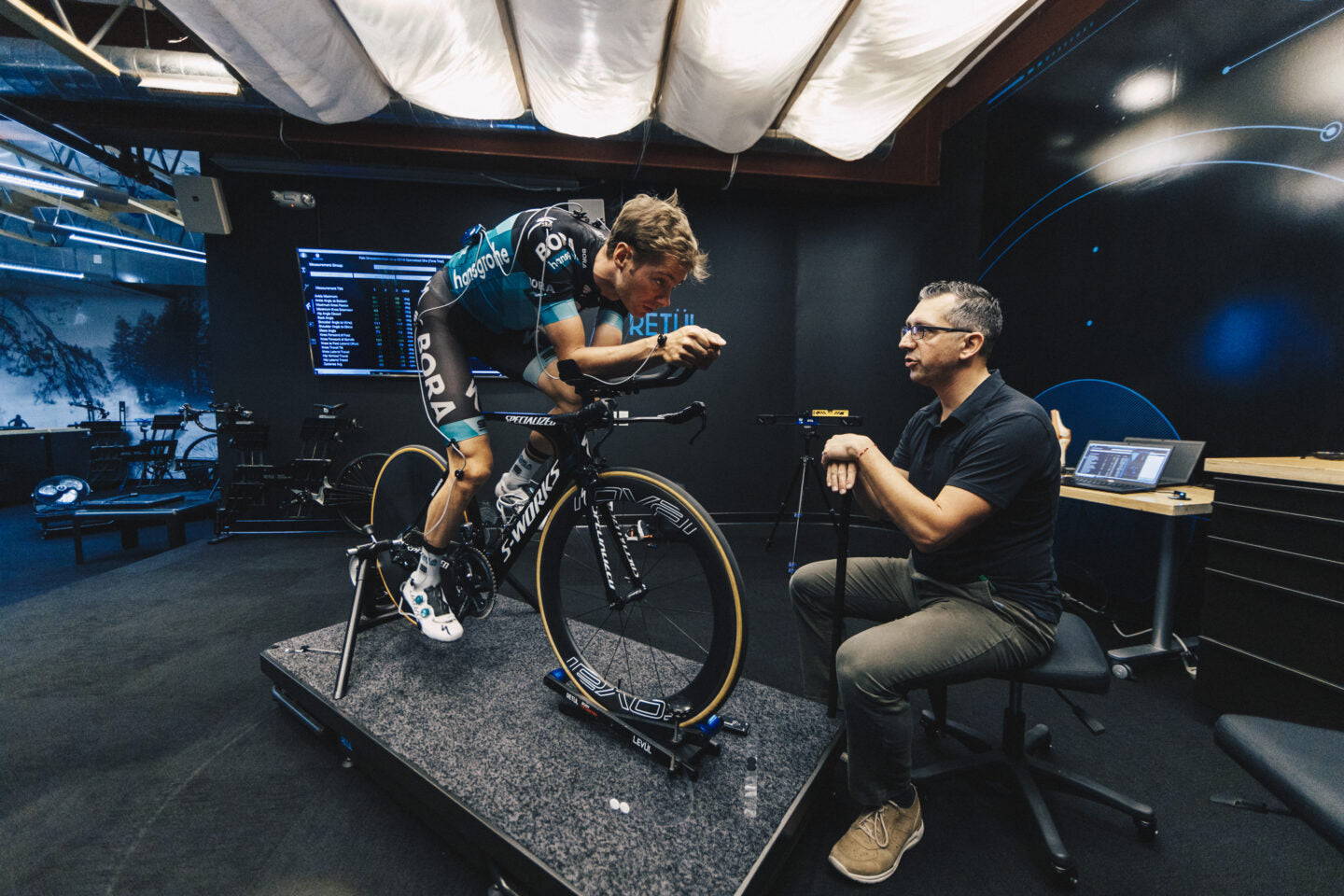In the cycling world, every pedal stroke counts. But there are two primary ways to transfer that power to the bike: flat (platform) pedals and clipless (clipless) pedals . Which system is right for you depends entirely on your riding style, experience, and safety priorities.
Here's your detailed guide comparing every aspect of the two pedal types.
Flat (Platform) Pedals: The Address of Safety and Agility
Flat pedals are standard pedals with only treads and can be used with athletic shoes. You can find all our flat pedal models here .
Advantages (Why Choose Flat Pedals?)
-
Instant Release and Safety: This is its biggest advantage. In an emergency or if you lose your balance, you can instantly remove your foot from the pedal. This provides great safety for beginners and urban cyclists, especially in crowded city traffic or on technical terrain.
-
Easier Technique Development: Flat pedals are important for mountain bikers when learning proper body position and techniques like bunny hops . Because your feet are off the pedals, you'll quickly spot poor technique.
-
Versatility: You don't need special shoes. You can cycle in your work clothes or walking shoes.
-
Low Maintenance: Its structure is simple, easy to maintain and does not require periodic cleaning or adjustment as in locked systems.
Disadvantages
-
Less Efficiency: You can only use downward pressure. You cannot generate power in the up-cycle (pulling up) of the pedal.
-
Risk of Slipping on Wet Ground: When your shoes and pedals are wet, the risk of slipping may increase, especially on difficult terrain.
Clipless Pedals: The Peak of Performance and Efficiency
Cleat pedals are a system where you lock the pedals into place using a small metal or plastic piece called a cleat , which attaches to the bottom of your cycling shoe. You can find all our cleat pedal models here .
Advantages (Why Choose a Cleated Pedal?)
-
Maximum Power Transfer: You don't just press the pedal; you also power the bike by applying traction on the pedal's upward rotation. This makes pedaling up to 20% more efficient.
-
Better Control: Since your feet are locked on the pedal, especially on difficult terrain or when accelerating, your control is increased and the risk of your foot slipping is completely eliminated.
-
Comfortable Long Rides: Because your foot position is always ideal, it reduces muscle fatigue and prevents pain during long rides.
-
Speed and Climbing: Key to performance on hill climbs and sprints for road cyclists and XC mountain bikers.
Disadvantages
-
Learning Curve: For beginners, learning to release the pedal can take some time. Locking in from a stop can lead to embarrassing clipless moments.
-
Special Shoes and Cost: You need to buy special cleated shoes and cleats for this system (additional cost).
-
Walking Difficulty: Walking in cleated shoes (especially road bike cleats) is difficult, and cleats wear out over time.
Which is the Right Choice for Your Driving Style?
You should choose your pedals based on where you will use your bike most:
Conclusion: Security or Performance?
When choosing your first pedal, ask yourself this question: "Is speed and efficiency my priority, or is it easy to get on and off?"
-
If You're a Beginner or Urban Rider: Start with flat pedals . Once you've developed your technique, consider switching to cleats.
-
If You're a Performance or Speed-Oriented Rider: Switch to the lock pedal immediately. Initially, spend 5-10 minutes leaning against a wall practicing releasing the pedal; it's worth it!
Recommendation: Here are some of the pedal models we recommend;
- Shimano PD-M520 Bicycle Spd Pedal MTB
- Shimano Path The bike Locked Pedal SPD-SL PD-RS500
- Look Trail Roc Bicycle Pedal
- Impact CLUT Aluminum Bicycle Pedal
- Look Trail Fusion Pedal Purple
- Epic Mtb ADW Affordable Bicycle Pedal
Remember, at Uğur Bicycle, you can find the highest quality flat and cleat pedals to suit every riding style. Enjoy your ride!





Share:
How to Choose Your First Electric Bike: A 5-Step Guide for Beginners
Bike Fit Nedir ve Neden Hayati Önem Taşır? (Ağrısız ve Verimli Sürüşün Sırrı)